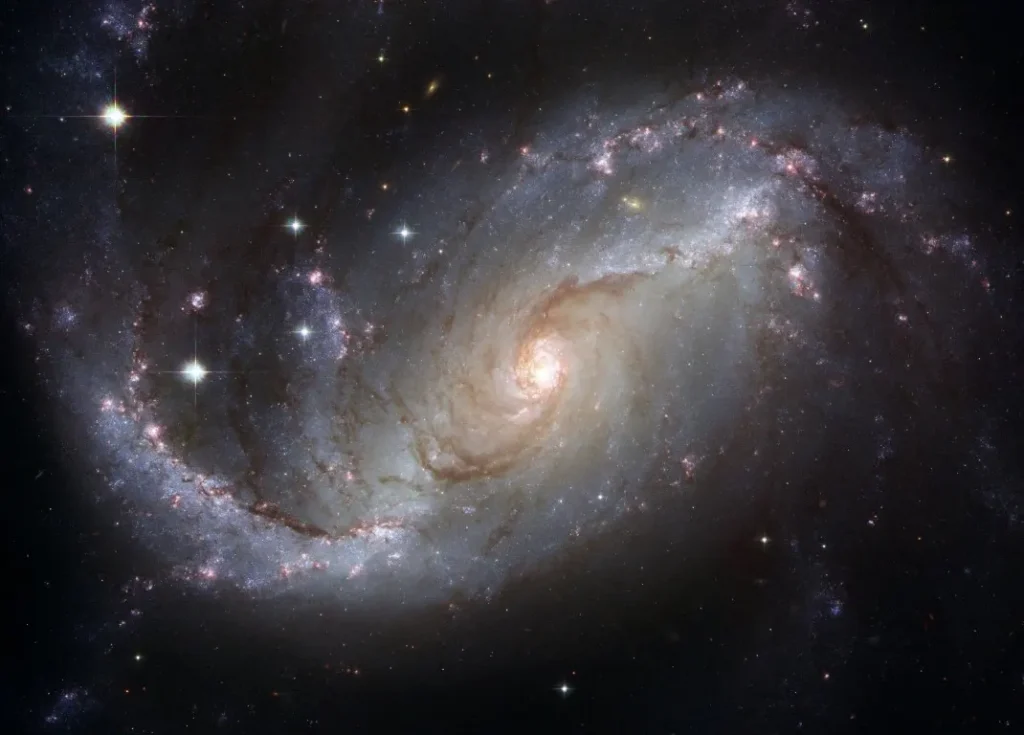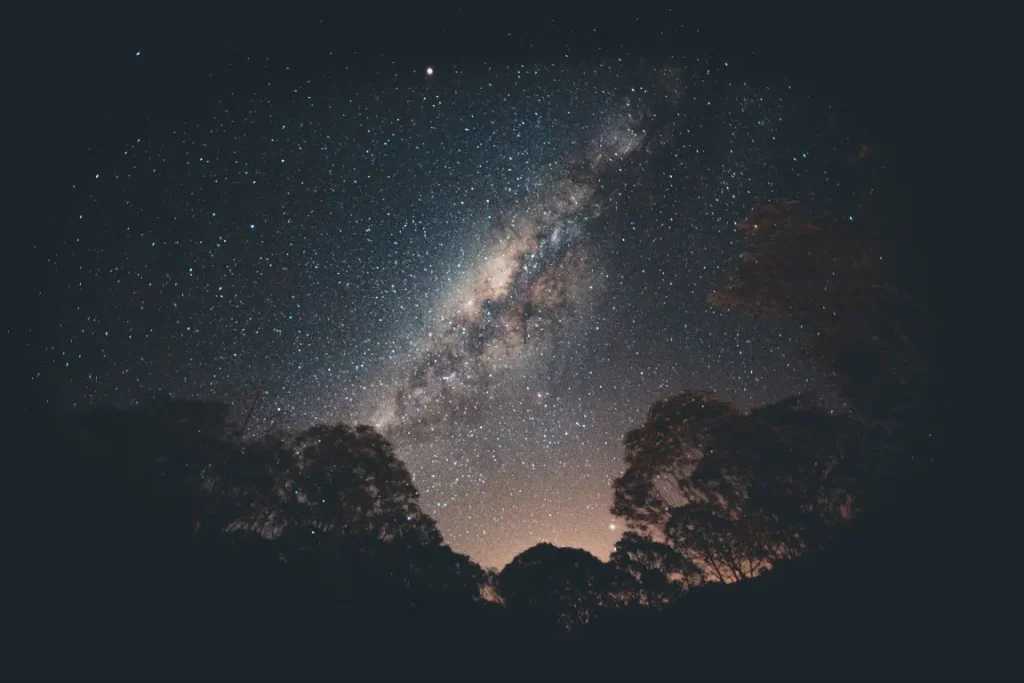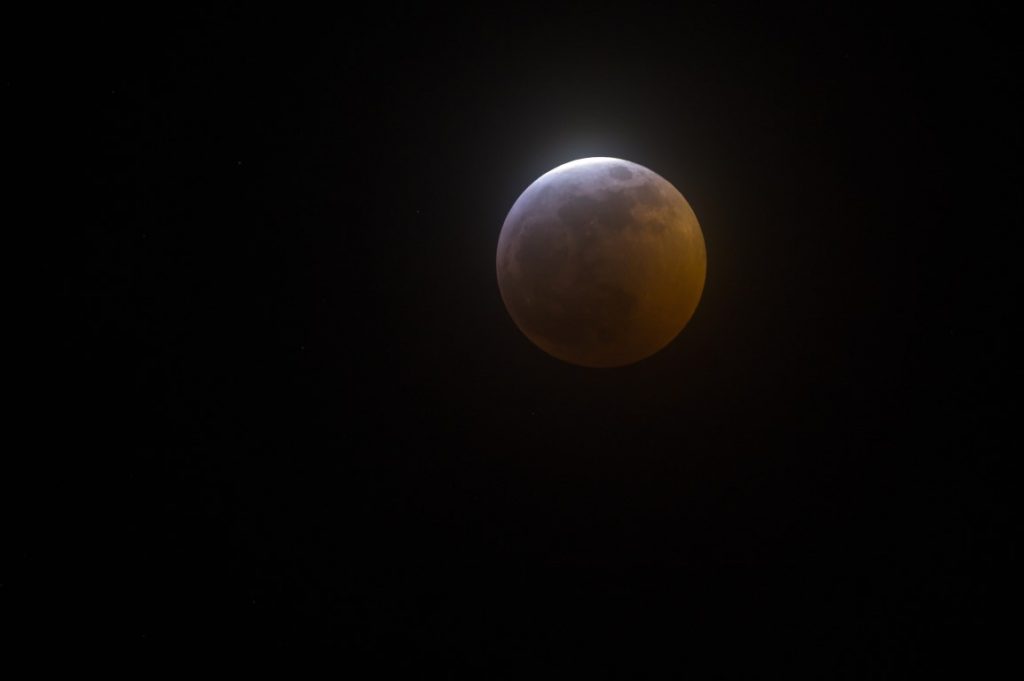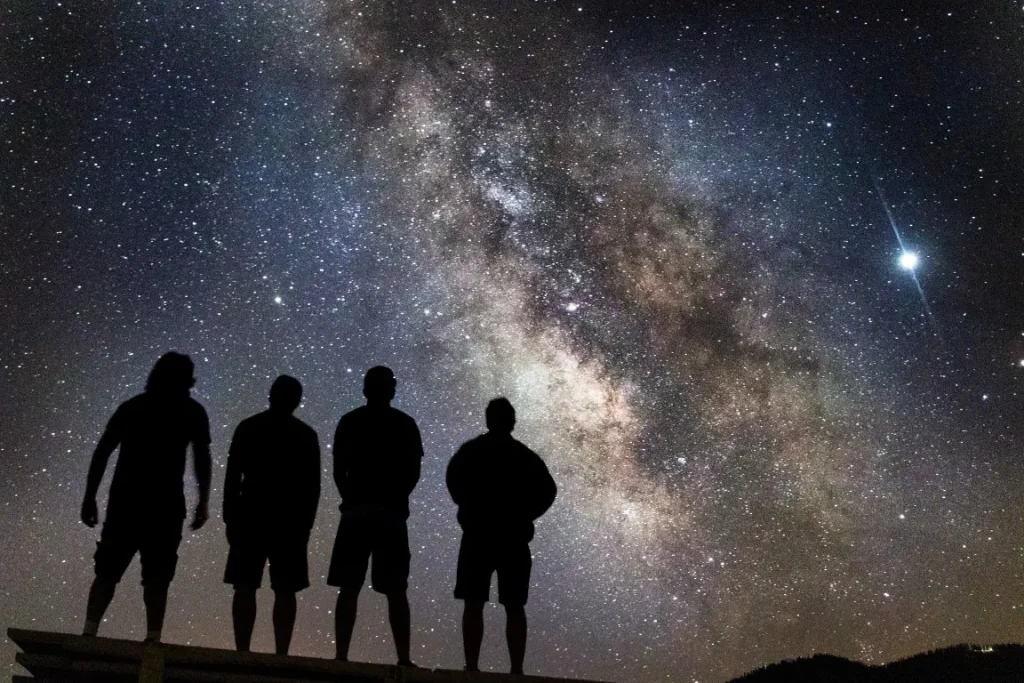
May 2023 is an ideal time for astrophotography enthusiasts to capture stunning images of the night sky due to several astronomical events that are set to occur during this month.
In particular, the full flower moon eclipse is an event that many astrophotographers look forward to capturing.
In this article, I will discuss the rare event on May 2023 including the full flower moon eclipse and more.
Best Astro photographers’ Targets on May
5th May: Flower moon eclipse
6th May: Eta Aquarids Meteor Shower
12th May: May’s Milky Way
17th May: Lunar occultation of Jupiter
19th May: New moon
29th May: Mercury at Greatest Western Elongation
5th May: Full Moon (a full ‘Flower Moon Eclipse’)
I think full moon is an interesting event for all Astro photographers to level up their shooting experience. So on the 5th of this month, you can capture the full moon and increase your Astro-photos in your album.
At 17:36 UTC, the Moon will be in the opposite direction from the Sun relative to the Earth, and its entire face will be illuminated, marking the full moon phase.
This is known as the Flower Moon by Native American tribes because it coincided with the appearance of a plethora of spring flowers,
While the upcoming lunar eclipse may not be visible to everyone, it is still possible to capture the sight of the full moon rising from wherever you are located.
Simply determine the local moonrise time and make sure to arrive at a spot with a clear and unobstructed view toward the eastern horizon.
For best shooting, I recommend to you use a 70-300mm lens with your camera and a tripod. You can get more ideas about how to take sharp full-moon photos by referring to my previous article on how to I take sharp moon photos
6th May: Eta Aquarids Meteor Shower
The meteor shower is another Astro event that Photographers eagerly await. On the 06th of this month, you can see this annual meteor shower that is produced by dust particles left behind by comet Halley.
What is the meaning of Eta Aquarids? It is an above average shower. It is able to produce to 60 meteors per hour at its peak level.
Taking place each year from April 19 to May 28, the meteor shower is set to reach its maximum activity on the night of May 5 and the morning of May 6 this year. However, the nearly full moon is expected to pose a challenge, obscuring most of the meteors except for the ones that are exceptionally bright.
While the full moon is anticipated to limit visibility worldwide, photographers based in the southern hemisphere are expected to have a greater opportunity to capture meteor shots. Nonetheless, it is likely that only the most brilliant “shooting stars” will be visible despite the lunar interference.
By the way, I’m following the meteor shower list published by the American Meteor Society.
12th May: May’s Milky Way
The Milky Way window of May begins on the 12th.
Over the next week, the skies will likely be optimal for deep-sky astrophotography. For northern hemisphere viewers, this marks the first chance in 2023 to glimpse the Milky Way’s brighter core within the arc.
Throughout May, observe the gentle radiance of the Milky Way situated near the eastern horizon after nightfall. However, keep in mind that your location’s latitude significantly affects visibility, so be sure to confirm the ideal viewing times for the Milky Way in your area.
If you think taking shots of the milky way using your smartphone, then find out more on how to photograph the milky way with a smartphone.
17th May: Lunar occultation of Jupiter
The phenomenon of lunar occultations can solely be observed from a small fraction of the Earth’s surface. These places are Canada, the contiguous US, Mexico, Greenland, northern Scandinavia, and the northern UK. On the 17th of this month, this Lunar occultation of Jupiter will occur.
Due to its significant parallax, the Moon’s precise location in the sky varies based on one’s specific position on Earth, as it is considerably nearer to our planet than other cosmic entities.
The Moon’s position appears divergent by as much as four times the diameter of the full moon or up to two degrees when viewed from two locations on opposite sides of the Earth.
For those not in the course of this occultation, capturing a snapshot of an exceedingly thin crescent moon positioned in close proximity to Jupiter will be equally exceptional.
Meanwhile, those situated in the path of the occultation will witness Jupiter reappearing amidst a much brighter sky. As a result, it will be a more arduous task and may not be as striking since it will be located next to the moon’s obscured side.
19th May: New moon
During this phase, which occurs at 15:55 UTC, the Moon will be situated on the same side of the Earth as the Sun, resulting in its invisibility in the night sky.
While this phase of the Moon may appear unremarkable to casual observers, it offers a unique opportunity for astronomy enthusiasts.
Due to the lack of moonlight during this period, the skies remain incredibly dark, providing the ideal conditions for observing faint and distant objects such as galaxies and star clusters that are otherwise challenging to detect.
As a result, this phase is widely considered the most favourable time of the month for stargazing and deep-sky astrophotography.
29th May: Mercury at Greatest Western Elongation
At this time, the planet Mercury has reached its greatest western elongation of 24.9 degrees from the Sun, making it an optimal time for sky-gazers to observe the planet.
It will be visible in the morning sky and will be situated at its highest point above the horizon, providing observers with a clear and unobstructed view of the planet’s unique features.
To locate Mercury, one must look low in the eastern sky just before sunrise, as it rises and sets with the Sun. However, it is crucial to ensure that the conditions are favourable for viewing, such as a clear sky, since it is a relatively small and faint planet that can be easily missed in unfavourable atmospheric conditions.
Nonetheless, with the right equipment and optimal conditions, observing Mercury at its greatest western elongation is a rewarding experience for anyone interested in astronomy.
A crescent moon pass close to a dazzling bright Venus after sunset
May marks the end of the season in the northern hemisphere when the night sky becomes fully dark after sunset, a phenomenon that won’t occur again until September.
Moreover, this month provides a valuable opportunity to capture a photograph of Venus in the sky after sunset, especially when it is located close to a slender crescent moon, if you time it just right.
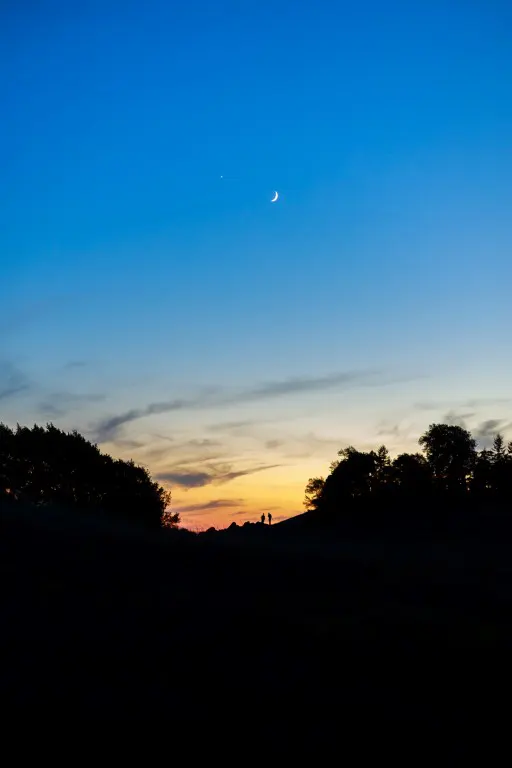
Conclusion.
In conclusion, May 2023 is a month filled with exciting astronomical events that provide plenty of opportunities for astrophotography enthusiasts to capture stunning images of the night sky.
From the full flower moon eclipse to the Eta Aquarids meteor shower, the lunar occultation of Jupiter, the Milky Way, and Mercury at its greatest western elongation, there’s something for everyone to enjoy.
Whether you’re a beginner or an experienced astrophotographer, this month provides ample opportunities to explore the beauty of the universe and capture breathtaking images of the cosmos. So grab your camera and gear, and don’t miss out on these amazing events!
Justin Parker is a professional photographer and has been in the industry since 2007. He attended the University of Georgia. Justin combines his passion for photography and his interest in writing to give life to this blog which talks about photography in order to help and inspire young photographers.

